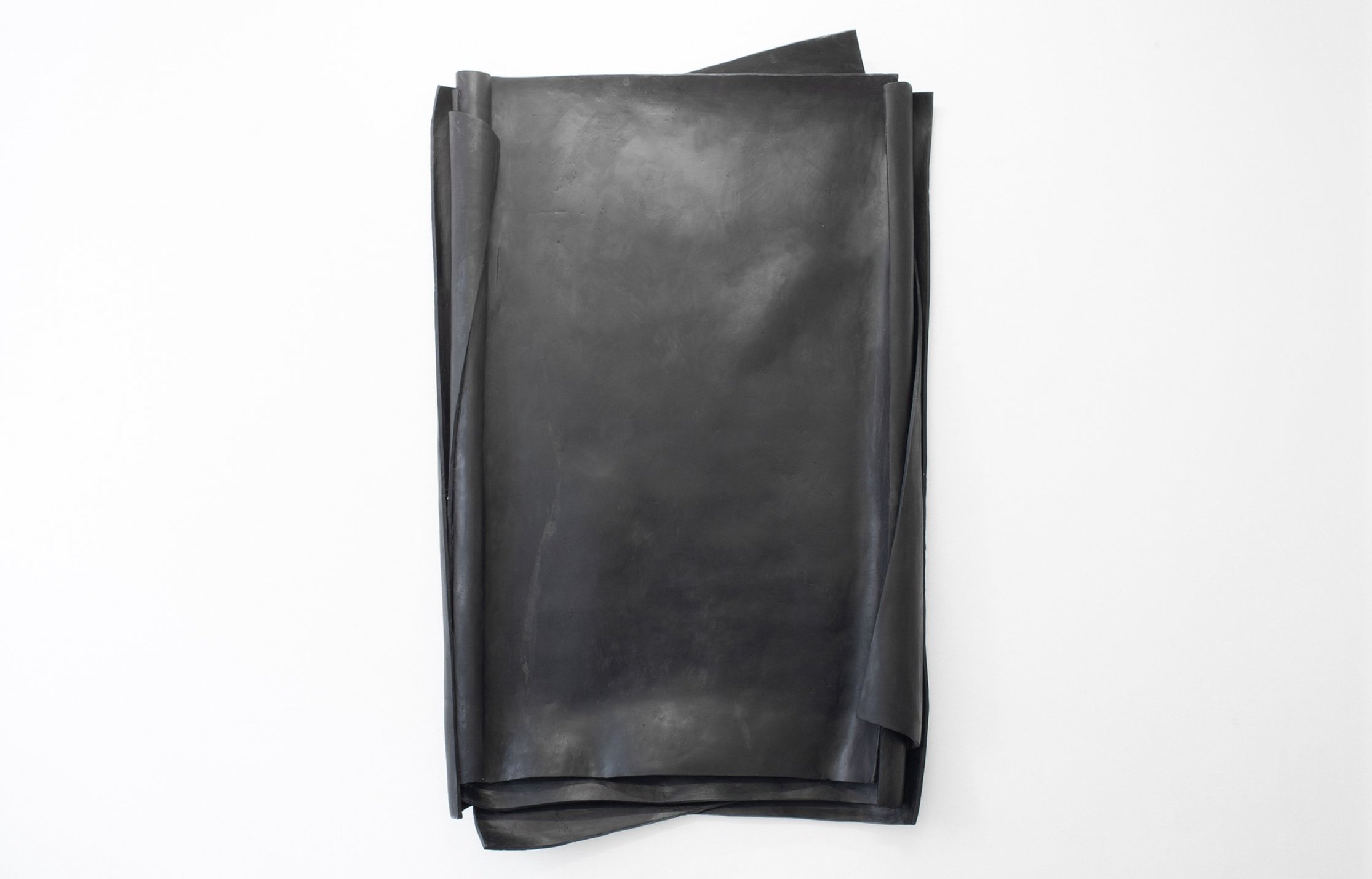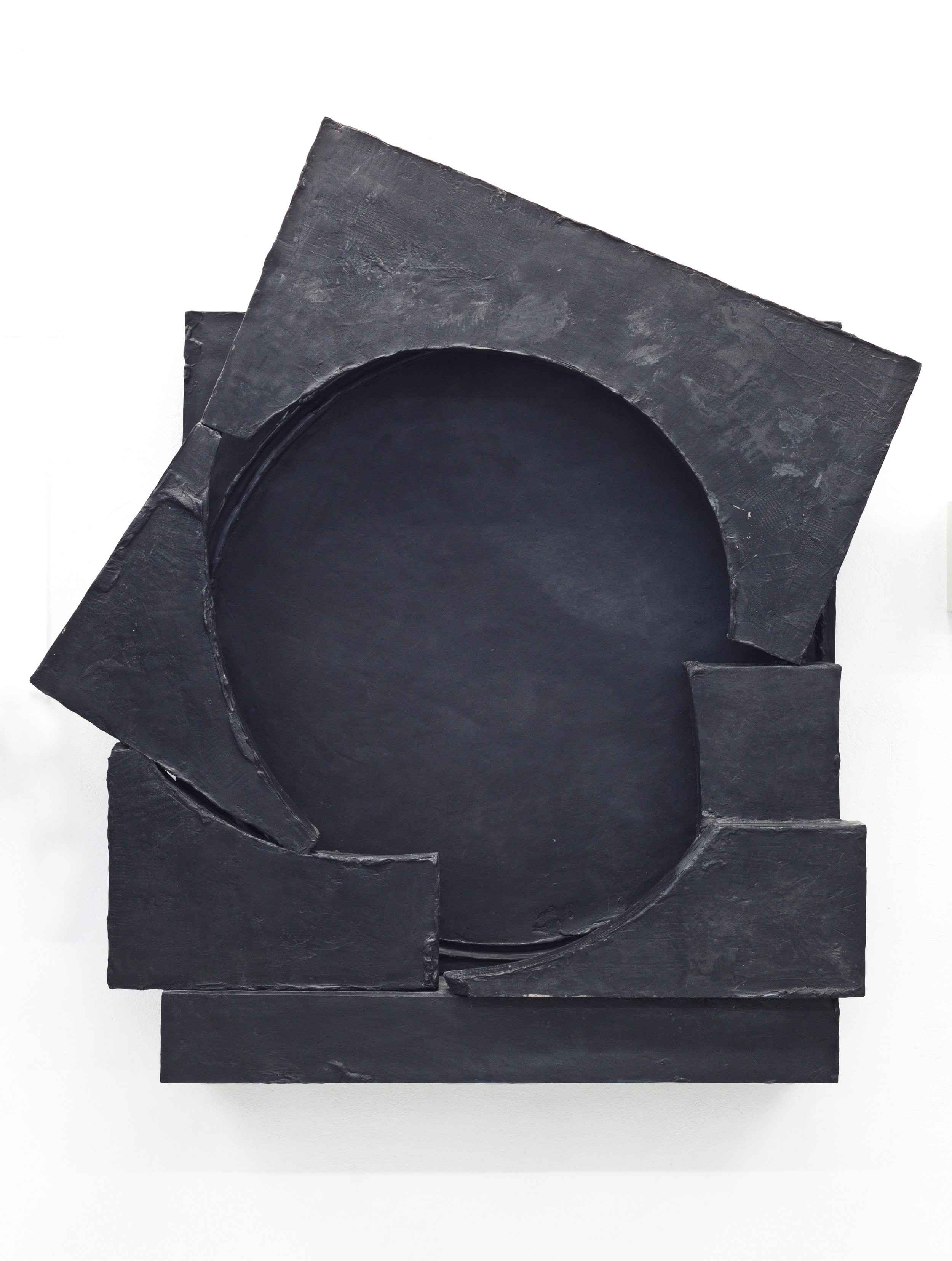Erik Andersen

"Art, in my view, isn't inherently about decision-making, but it is founded on it. Engaging with art opens up avenues for experiences and self-discovery, fostering awareness and teaching us about our individual identities."
Could you tell us a bit about yourself and your background? Where did you study?
I grew up in a small village in the south of Germany, near Lake Constance. From an early age, I spent a lot of my time drawing and creating small figures and objects from clay, as well as embarking on larger projects in the forest. This passion began when a neighbour, who later became a sort of art teacher for me at school, left a package of clay in front of my parents' house, encouraging me to do something with it. I distinctly remember that the solitary act of crafting by hand became a consistent part of my life.
In 1999, I enrolled at the Kunsthochschule Berlin Weissensee. However, after a brief period, I felt the need to chart a different course for the years ahead. I had already worked as a freelance artist in my own workshop and decided to continue this path rather than pursuing traditional academic studies.
Maske, Selbstportrait, 2010
Besser Vertikal 01, 2017
Your work seems to invite viewers into a contemplative realm, encouraging them to reflect on their own decisions and the uncertainties of our times. How do you see art's role in helping us grapple with the complexities of decision-making and the shifting landscape of our world?
As an artist, I believe it's about cultivating a specific mindset, perhaps even a character or personality, that aligns with developing an artistic language. This mental structure aids in navigating the vast possibilities of art creation and helps filter the constant influx of external influences from the world and the art world. It involves resisting the urge to pursue too many divergent paths.
Nearly 13 years ago, I created a work titled "Mask / Self-portrait." It features a dust mask that reveals the negative impression of my face on the inside, with the mask's cords defining the volume of my head as negative space. While I call it a self-portrait, I envision the potential to scale this double life-sized piece to a point where people could walk through the void within the head. It wouldn't merely represent my portrait, but would become a reflection of us all, illustrating the daily decisions we make in response to critics, opinions, and various influences that continually enter our lives.
This aspect of initiating reflection is vital to my work, influencing how I construct and present my art. Art, in my view, isn't inherently about decision-making, but it is founded on it. Engaging with art opens up avenues for experiences and self-discovery, fostering awareness and teaching us about our individual identities.
Your artistic practice navigates a delicate balance between two-dimensional and three-dimensional spaces, often engaging viewers in a dynamic relationship with your creations. Can you delve into how you approach this interplay between materials, spatial dimensions, and the human form, and what it means for the viewer's experience of your work?
I am deeply interested by how an artwork can engage with the audience. Or, to be more precise, exploring the various dynamics that may arise. This engagement can manifest through physical interaction, visualization of imagined actions, or by prompting specific positioning in relation to the artwork.
“Canvas 02” particularly exemplifies this concept. It features a monochrome black, glossy painting suspended by two steel ropes, creating distance from the wall. This arrangement allows viewers to look behind the artwork, where they encounter a version of the series of “Canvas” paintings. An enlarged structure of the canvas fabric painted in oil and pigments on the reverse side. My primary interest here is about the audience's behaviour: their level of engagement, the energy they invest, and whether they explore the perspective offered behind the scene.
The intention isn't to unveil something spectacular on the artwork's reverse side; rather, it emphasizes the significance of looking beyond. Over time, I've come to realize that my role is not to explicitly guide viewers, but to accept that this concept isn't universally accessible. It's an experience for those who connect with it, acknowledging that not everyone will perceive the work, despite their belief that they've seen it.
Canvas 01, 2010
Handschlag, 2010
Füsse, 2016
Handlauf, 2018
Besser Vertikal 02, 2021
Your sculpture 'Besser Vertikal 02' stands out as a significant exploration of materiality, form, and the decision-making process. Could you share more about the inspiration behind this particular piece, especially how it relates to the concepts of physical news and media in today's digital age?
I create my sculptures by applying water-based lacquer to paper, allowing the material to curl at the edges. The result of this interaction becomes the basis for a clay model, which, through the use of a negative form, ultimately transforms into resin. The initial inspiration for this series came from some canvas paintings I considered failures and placed on the studio floor. I hesitated to directly copy the canvas's structure, which gave me some headache later to title the works related to the material… resulting in the title "Better Vertical," which emphasizes the process and decision-making leading to the outcome. This title serves as a metaphor for the myriad decisions we face on a daily basis.
Nearly all my work involves creating or recreating physical objects by hand, emphasizing their presence in physical space. Even a painting possesses this tangible quality, allowing us to connect with our physical existence—a connection often lost in the digital realm.
The "Better Verticals" symbolize the vast potential of a blank sheet of paper, whether for drawing, writing, conceptualizing, or sharing thoughts and information. While I don't see them as an argument for or against physical media, they serve as a commentary on the unfolding changes in our relationship with technology and the physical world.
Tell us a bit about how you spend your day / studio routine? What is your studio like?
Since almost 12 years I work in a studio building in the east of Berlin. Situated adjacent to a former Stasi prison, which now serves as a memorial, the complex was originally used by the GDR Staatssicherheit for developing espionage hardware.
Today, it provides privacy and creative space for artists, non-conformists, storage room for galleries and so on.
A typical day in the studio depends a lot on the projects I am working on. There are weeks, or even months, when it is all about preparing an exhibition or getting ready with a new sculpture. Normally I work alone, but at times when production becomes very intensive, I would get some help by assistants. These are the days when things tend to get quite extreme - a lot of sweat, dust and nights without sleep.
Otherwise, in my usual routine, I start the day around 8 in the morning and almost every day I like to have as much as possible time in the studio. Normally I try to work on the sculptures, as well as to care for all the logistics and other necessary stuff.
Besser Vertikal 03, 2021
Recurring Theme, 2022
Teresa, 2018
What artwork have you seen recently that has resonated with you?
Recently I returned from my participation at the SUMUK Biennale in Mokpo, South Korea. On my way home, I used the short time I had in Seoul to visit the Koenig gallery. I attended an opening of Leiko Ikemura’s exhibition. Next to a little bronze by her, I quite much liked some beautiful ceramics by David Zink Yi, presented on the rooftop of the gallery.
Later, during a visit to Shanghai, a small painting by the Hungarian painter Simon Hantai caught my attention as well as a beautiful exhibition titled “No Sky” by American artist Tosh Basco at the Rockbund Art Museum.
Right now, back in Berlin Art Week takes place, and one of the most dominant shows for sure is by Paul McCarthy at Max Hetzler at Potzdamer Straße, which is almost next door to a group show titled “The Soft and the Hard” that includes a work of mine.
Another favourite artwork is by Louise Nevelson, at Michael Haas gallery from a show titled “BLACK.”
Is there anything new and exciting in the pipeline you would like to tell us about?
Currently an installation is still on display at the SUMUK Biennale at the Mokpo Culture & Arts Center, South Korea. The Exhibition is open until the end of October.
Also, I am very much looking forward to an exhibition with CoBrA Gallery in China next year. After several presentations on art fairs like West Bund Art & Design in Shanghai, and Yin Art in Beijing, this will be the first solo show with the gallery.
Already by the end of the month, the gallery will present a work from the Better Vertical series in a group show in Shanghai as well.
Other exhibitions in Berlin are still in an early stage of planning.
Please follow to get the news!!
All images are courtesy of the artist
Date of publication: 16/10/2023









